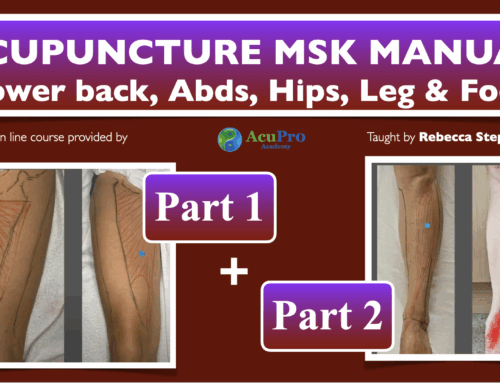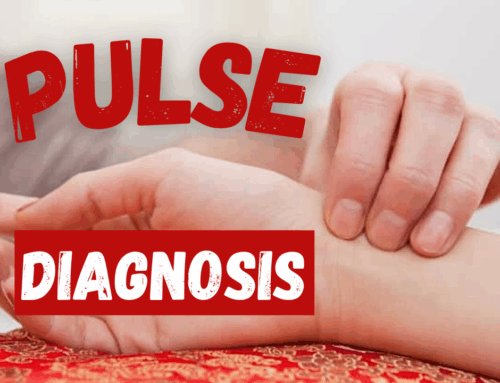Lately, especially during the past Summer Olympics, we have been bombarded with images of people experiencing the benefits of Cupping!
I know I’ll get some heat for what I’m about to say, but Cupping is not a Chinese Medicine therapy! I can hear you thinking, “WHAT! Are you crazy?!”
I’m kidding. I meant to say: Cupping is not ONLY used in Chinese Medicine. Now we can all breathe easier 🙂
Cupping therapy is one of the oldest and most used globally natural medical treatment in history. Particularly, it has been used for thousand of years in China, where is it known as Ba Guan. As a matter of fact, it’s also in Egypt and ancient Greece. Cupping is also in the Middle East, where it’s practiced as wet cupping Hijama (meaning suction in Arabic). Let’s not forget, all over Europe!
I LOVE CUPPING!!! I love receiving it and giving it. Cupping Rocks!
Below, you’ll find all about the basics of Chinese Medicine Cupping Therapy. Enjoy, and keep rocking it using TCM!
Clara
TCM Geek
Cup Types
In ancient times, Bamboo and pottery (clay) cups were initially used. Nowadays, glass or plastic/silicone cups are the most common types used in clinical practice.
The Most Common Cupping Applications
Fixed Cupping is achieved when single or multiples cups are placed on a painful area or acupuncture points. The cups or needles are retained for 5 to 15 minutes. Evidently, fixed cupping expels pathogens. For example, one cup on Du 14. Additionally, it is used to help respiratory issues such as asthma and bronchitis (eg: many cups on upper Back-Shu points). Moreover, to calm the mind for anxiety (cup BL 15). As well as to relieve menstrual pain (cup the lower abdominal region).
Quick Cupping is performed by placing a cup on an acupuncture point, then removed immediately. Then, this process is repeated as many times as possible for 1 to 3 minutes. Quick Cupping is used for people who are deficient and weak.
Moving Cupping is done by first oiling a large area and moving the cup back and forth while the suction is in effect. Often, it is used for fascia release and lymphatic drainage. Equally important, for muscular pain or to improve blood circulation.
Needle Cupping is accomplished by placing a cup over a needle which has been inserted on an acupuncture point. It’s purpose is to enhance the action of a point.
Wet Cupping (Blood letting cupping) is attained by placing the cup over an acupuncture point. Prior to, the point has been pricked by a lancet needle. Blood is then drawn from the body with the cup. This method is used mostly to detoxify.
Cupping Functions
- Moves Blood & Qi and breaks up obstructions
- Detoxifies
- Relieves Acute or Chronic Pain
- Expels External Pathogens
- Releases fascia, helps lymphatic drainage, and improves circulation.
Indications
Cupping therapy can help many conditions. The most common conditions are: Headaches, muscle tension and stiffness, arthritis, sports injuries, fibromyalgia, and dysmenorrhea. Common cold, asthma, bronchitis, and allergies. Insomnia, stress and long standing emotional trauma.
Precautions
Cupping is NOT recommended on sensitive skin, ulcer or broken skin, on the lumbar and abdominal region of pregnant women, or on people with excess hair (especially moving cup or fire cup). Cupping therapy may result in bruises (which will generally dissipate within 3 to 10 days).








Appreciate your information. Please keep posting updates to my e-mail address : anurag1162@yahoo.com
Thank you.
Anurag.
Anurag, if you want updates, please sign up to my system 🙂
Dear Clara, thanks for all of your information! It really helps me with my study of Acupuncture and TuiNa.
I would like to know your view on cupping people who use blood thinners for the heart or high blood pressure?
Hi Tamara,
I would be more gentle and do only light (quick cupping) on people on Blood thinners, and for those that have High Blood Pressure, I would do normal cupping that is appropriate for that patient 🙂
Thanks Clara for your quick response!
Thanks for your information .if have any courses for cupping please send emil for me
Hi Clara thank you for this knowledge…I sign up on your page..I want to know more about cupping therapy… It’s pleasure to me if you help me about this cupping therapy videos ..cupping points and how to treat disease by cupping therapy
Thank you
You’re welcome 🙂
As per my knowledge if cupping is done on suunnat days then it is more effective. Planetary position of moon on these days makes sunnat day as per Islamic almanac